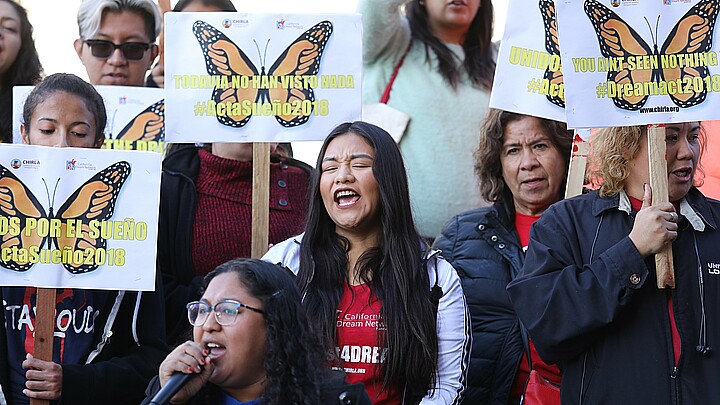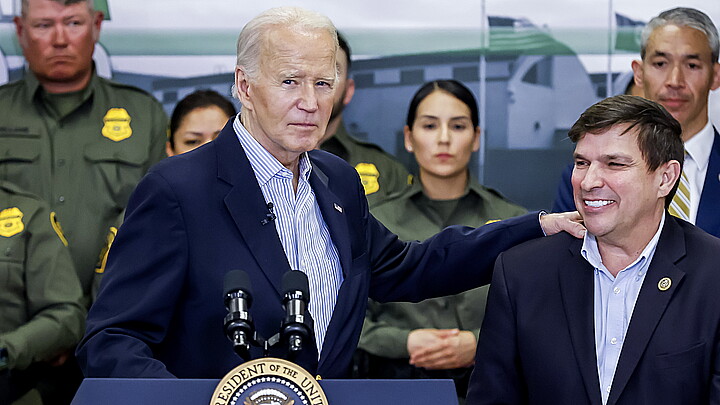Immigration
Southern border sector sees spike in migrant encounters as the end of Title 42 approaches
Officials expect the number of encounters to increase after the Trump-era policy ends
November 30, 2022 7:23pm
Updated: December 1, 2022 9:25am
Border Patrol agents of a section of the southern border have seen a significant increase in encounters with undocumented migrants, as the Biden administration prepared to lift the pandemic-era Title 42 border policy, reported CBP sources.
Customs and Border Protection (CBP) sources from the El Paso sector have said that agents have encountered around 1,926 undocumented migrants in 24 hours alone.
The increase in the daily rate of migrant encounters in the El Paso Sector brings the total for this fiscal year, which began in October, to 105,263. The figure represents an increase of 257% compared to the same time last year, which set the record for the highest number.
Encounters at the border overall are also experiencing a similar trend. Since October 1, Border Patrol agents have encountered more than 400,000 migrants—a figure that is on track to reach more than half a million before mid-December.
The increase in migrant encounters comes as the Biden administration prepared to end the Title 42 public health order, a Trump-era policy that was implemented to quickly expel migrants from the border under the pretext of the COVID-19 pandemic.
In mid-November, a federal judge blocked the policy, claiming that it was “arbitrary and capricious” and ultimately violated federal regulatory law.
The Biden Administration had been relying on Title 42 to deal with the record-breaking number of migrants that have been crossing the border over the past year. More than two million migrants have been expelled under the policy.
The administration says it has a six-point plan to deal with the surge of migrants that the end of the policy is expected to bring. The plan includes overhauling the immigration system, as well as dismantling smuggling organizations, deploying additional resources, and relying on expedited removal and criminal prosecution for undocumented migrants.










